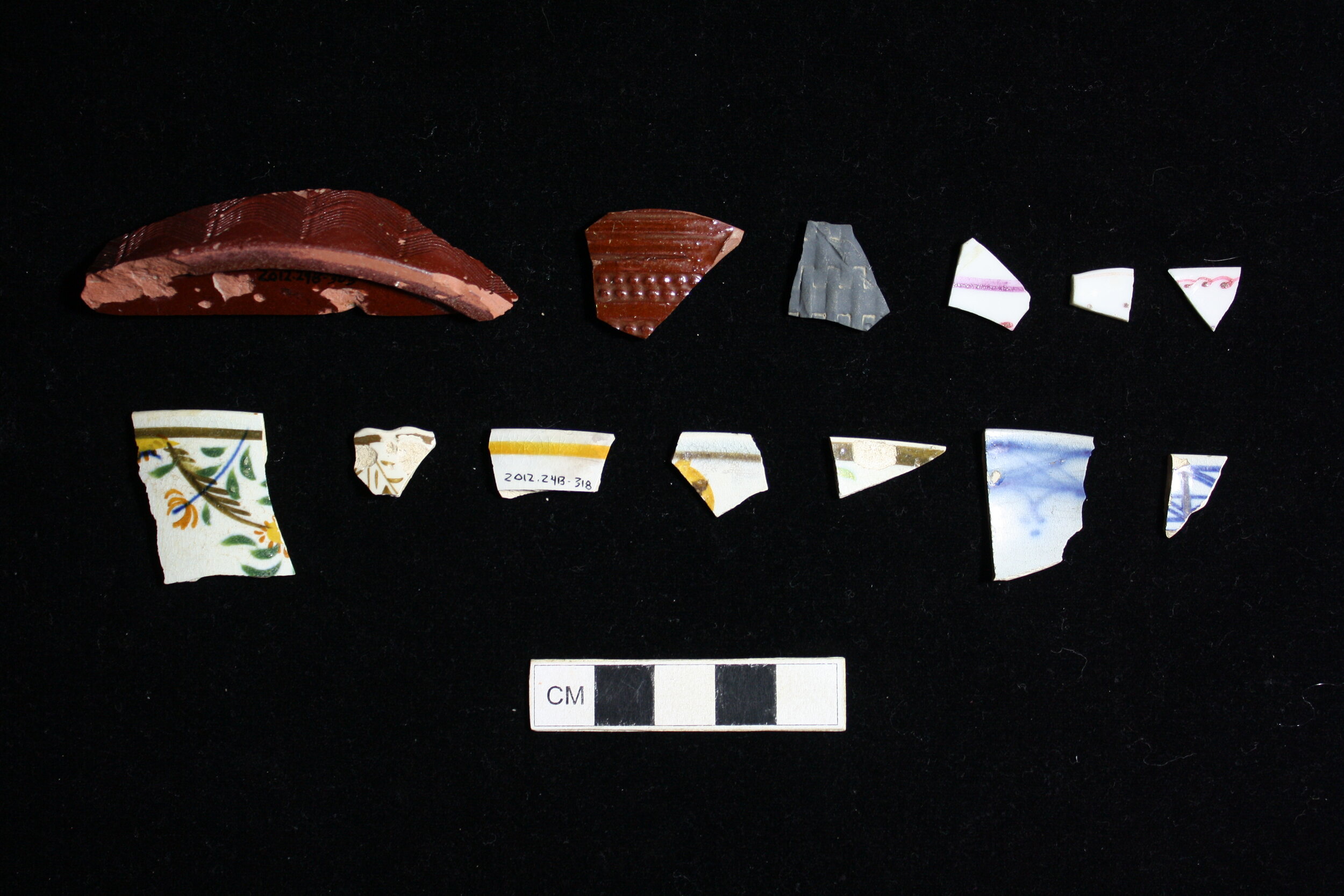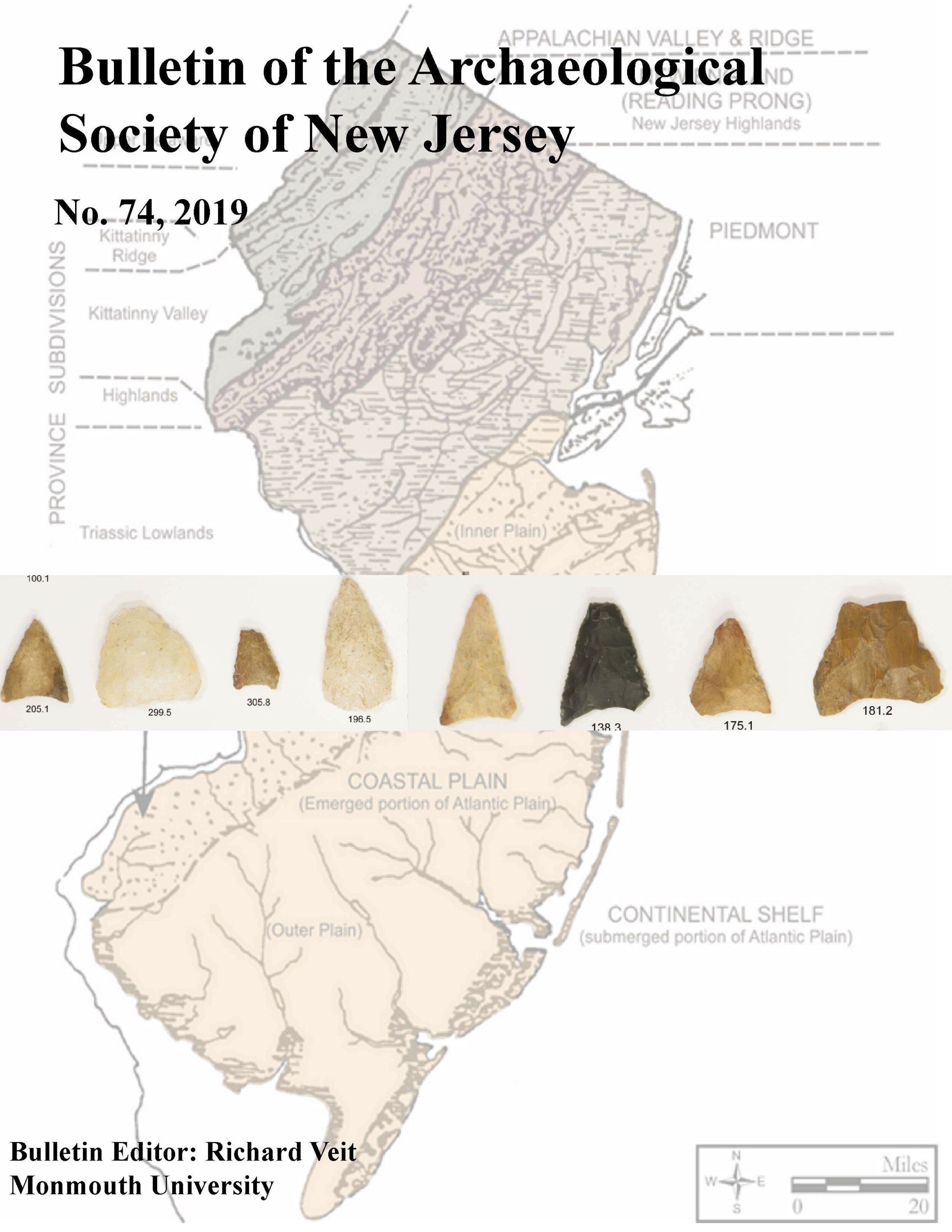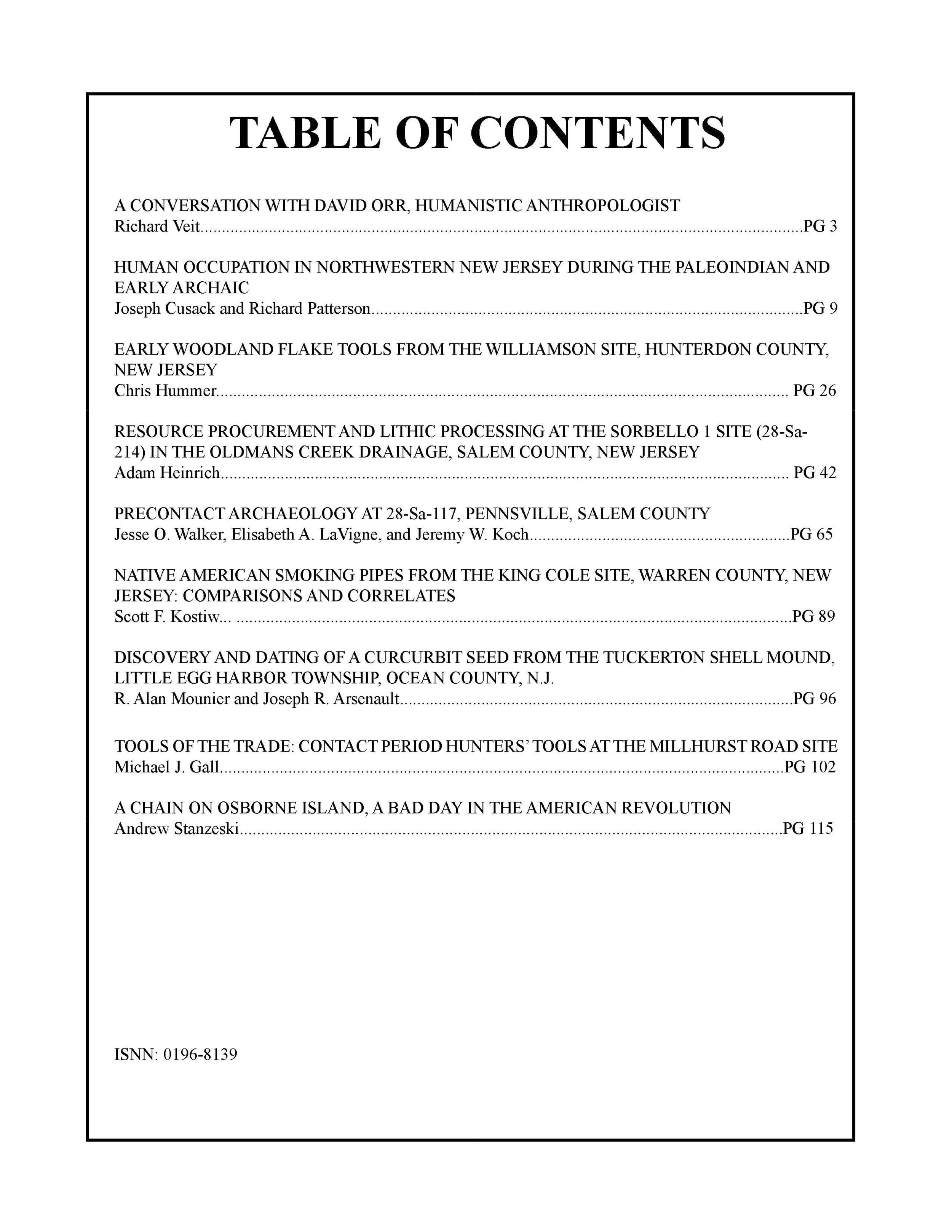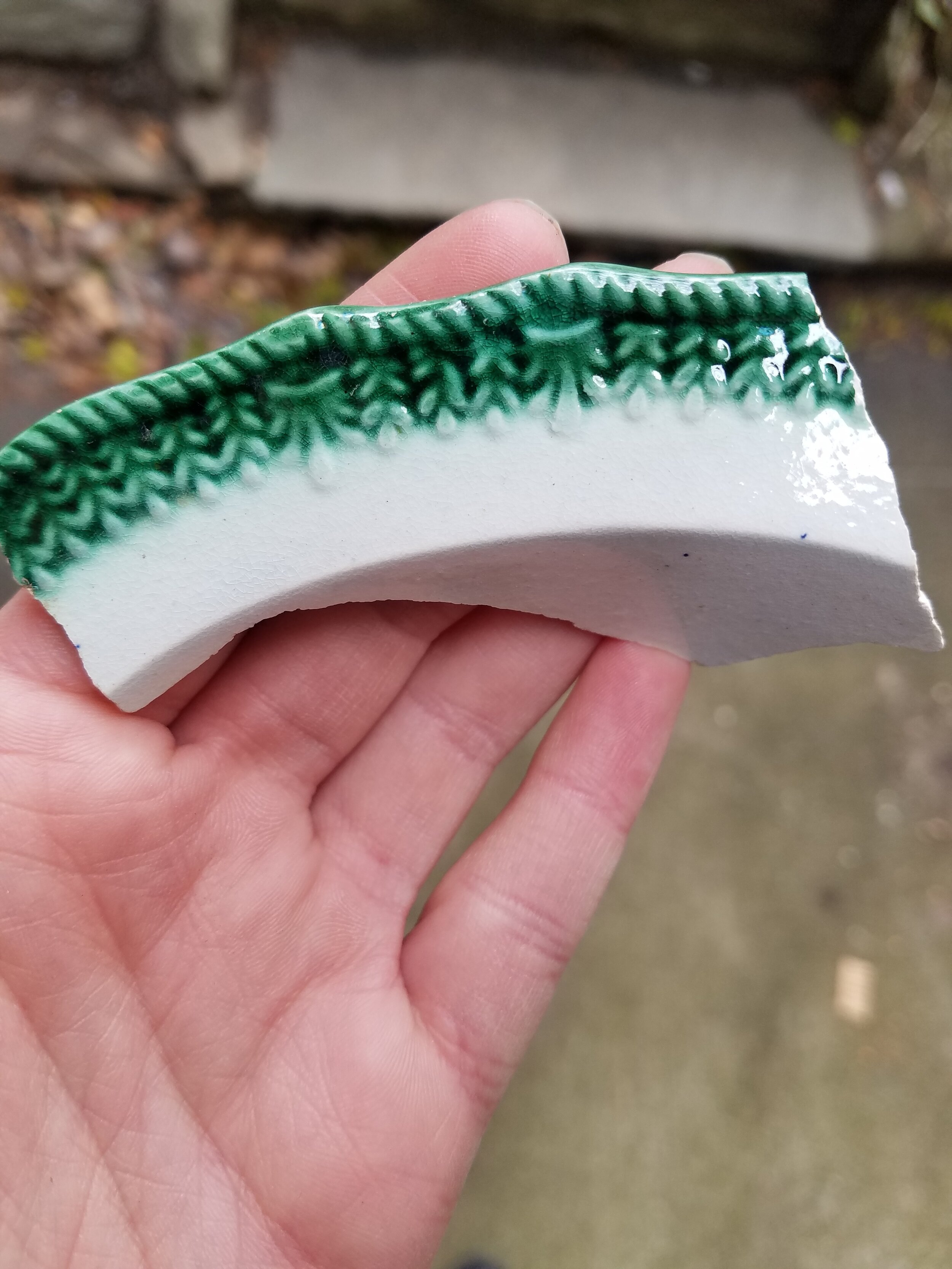UPDATE
For those of you who missed Lauren Lembo’s presentation, Terrace Habitation from the Archaic through Woodland: A Stratified Prehistoric Site within New Jersey's Inner Coastal Plain, the video is now live below!
Please also subscribe to the society's YouTube channel at: ASNJ YouTube Account Link
These presentations are made possible through your continued support, membership dues, and donations. Please consider renewing and donating today.
Join us! ASNJ Online Speaker Series on Zoom. It's Free! (Limited to 100 people)
When: Sunday August 23 at 7:00 pm Eastern
How: Email ASNJ.Presentations@gmail.com for a Zoom Meeting ID and Password
Who: Lauren Lembo
What: Terrace Habitation from the Archaic through Woodland: A Stratified Prehistoric Site within New Jersey’s Inner Coastal Plain
Join the ASNJ on Sunday (August 23) for our Online Speaker Series on Zoom. The presentation will be roughly 35 minutes, followed by a question and answer period.
This is an online livestream video presentation through Zoom on your computer or mobile device. To attend, simply download Zoom via your mobile App Store or via http://www.zoom.us.
Please email ASNJ.Presentations@gmail.com for a Meeting ID # and Password # to join the presentation.
Attendance is limited to the first 100 people. If you are unable to make the meeting, please do not fret. The presentation will be uploaded to the ASNJ's YouTube Channel (link: Online Speaker Series). All attendees will be muted and questions can be posed to the presenter through the chat feature.
































